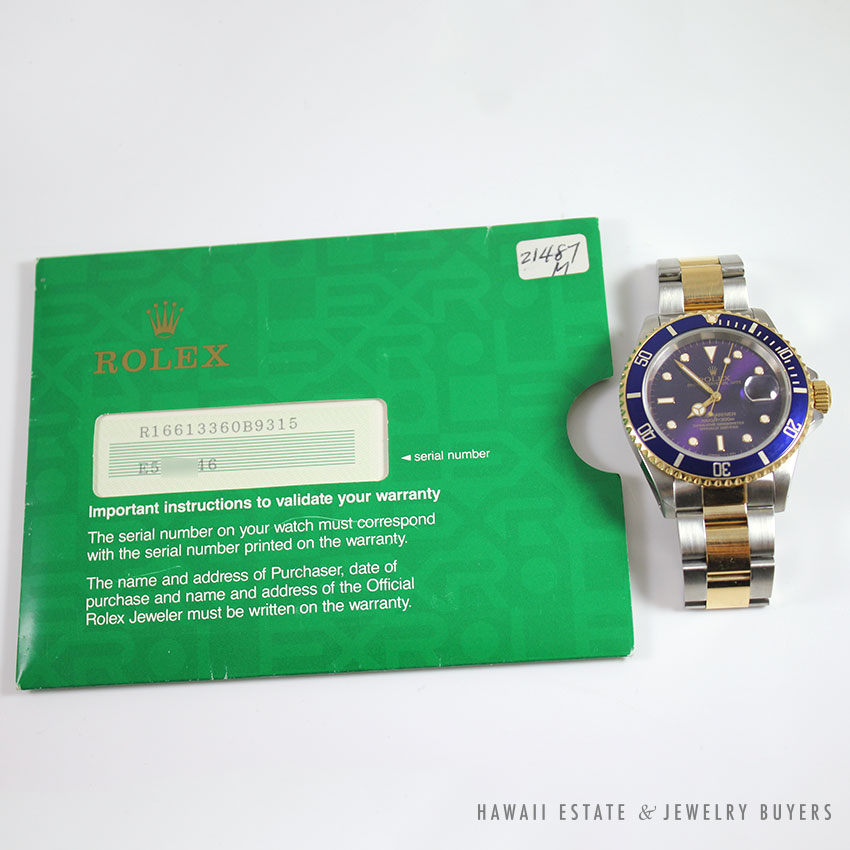

Many say Miyata pioneered triple butting, and revolutionized frame building techniques. Miyata manufactured its last motorcycles in 1964. Through the 1950s the company released the HA and the Golden Beam FA/2, both with a 249cc four-stroke motor, as well as a model with a 344cc single-cylinder motor, and various two-cylinder two-stroke motors. Miyata again resumed production of motorcycles after the Second World War. : 56 The AA sold an estimated 40,000 units from 1933-39. : 55 However, after the Second Sino-Japanese War broke out in 1937 resources and materials for motorcycle construction became increasingly scarce, and in 1939 Miyata's Kamata plant was converted by the government to produce components for military aircraft.

The AA was the first mass-produced Japanese motorcycle, and was highly successful, leading to construction of a new plant at Kamata in 1938. : 10 Miyata returned to motorcycle production with the Asahi AA in 1933. Over the next two decades, Japanese manufacturers caught up to imported brands, and the rise of motorsports and motor clubs made motorcycles more accessible to the Japanese public. : 33 Motorcycles ġ952 Asahi Golden Beam motorcycle manufactured by Miyata The first Asahi automobile was a two-passenger car with an air-cooled, two-cylinder engine. Miyata's first automobile, also named Asahi, debuted at the Kansai Prefectural Association Exhibition in 1910. Miyata began developing automobile technology in 1907. Miyata's entire production of Asahi bicycles was purchased by the Imperial Army until the end of the Russo-Japanese War in 1905. Upon Eisuke's death on 6 June, Eitarō converted the business entirely to bicycle manufacturing, producing bicycles under the Asahi and Pāson brands. Japan changed its laws in 1900 to allow the import of foreign rifles, and the subsequent flooding of the market with cheap imports hurt Miyata's business badly. Nonetheless, Miyata halted production of bicycles to focus exclusively on arms manufacture during the First Sino-Japanese War of 1894-95. The early success of Miyata's bicycles was boosted by a request in 1892 from crown prince Yoshihito (later Emperor Taishō) to build him a bicycle. Eitarō manufactured the first Miyata prototype bicycle in 1890, using rifle barrels produced at the factory. In 1890, Miyata opened a new factory in Kikukawa, and the company was renamed Miyata Gun Works.
#UNIVEGA SERIAL NUMBER YEAR GUIDE FOR FREE#
: 31 Univega Serial Number Year Code For Free The engineers repaired the bicycle, and the company began to repair bicycles as a side business. In 1889, a foreigner visited Miyata to ask the gunmakers to repair his bicycle.

The factory produced guns for the Imperial Japanese Army including the Murata rifle, and knives for the Navy. In 1874, Eisuke moved the family to Shiba and in 1881 opened Miyata Manufacturing in Kyōbashi, Tokyo. Eisuke's second son, Eitarō, apprenticed in a local munitions facility and later earned a degree in mechanical engineering from Kyoto University. Miyata was founded by Eisuke Miyata (1840-1900), a bowyer and engineer from Tokyo who also made components for rickshaws. Miyata claims to have been the first Japanese manufacturer of flash-butt welded frame tubes (1946) and the first to use electrostatic painting (1950). The Asahi AA was the first mass-produced motorcycle in Japan. Miyata was also one of the first producers of motorcycles in Japan under the name Asahi. The company has been in operation since 1890. Miyata is a Japanese manufacturer of bicycles, unicycles and fire extinguishers. 6 minRegistering a bike requires you to know its serial number. 1982 I believe.A sophisticated 197X Univeg. Is a Univega Nuovo Sport Road Bike a good choice for a used bike? I like Univega bikes from the 80's.


 0 kommentar(er)
0 kommentar(er)
